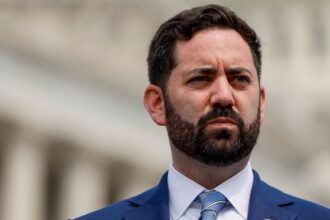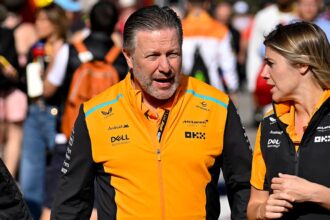Over the last few weeks, Financial Finesse coaches have written about the START™ method as featured in Liz Davidson’s book Money Strong: Your Guide to a Life Free of Financial Worries: Setting yourself up for financial success, Tackling financial stress, Advancing toward your goals, and Role modeling financial success. With each step, you can progress from financially suffering to struggling to planning and finally to optimizing. Once you’ve achieved a certain level of financial security and wellbeing, the next and final step in the START™ framework is to Thrive by living your purpose.
So what exactly does that mean? It doesn’t mean that you’ll never worry about money again. (As someone who works with people at all income levels, I can tell you that no matter how much you have, there will unfortunately almost always be some financial stressors.) However, it does mean that you have the financial freedom to bounce back from those stressors and toward the most important thing money can buy: the ability to live your purpose.
Davidson describes your purpose as your “True North” that can guide you to meaning that transcends your own wants and needs. That doesn’t mean it’s all about self-sacrifice though. Your purpose should ultimately give you your greatest sense of fulfillment and life satisfaction.
Sounds amazing, right? So how do you find your passion? Davidson suggests looking for the intersection of what you love, what the world needs, what you can be paid for, and what you are good at. (Fortunately, the last three tend to overlap a lot.)
Let’s start with what you love. You may want to think back to your childhood and what gave you true happiness before you were burdened by the expectations that society placed on you. Don’t just think about the stuff that gave you momentary pleasure like watching TV or playing video games (as fun as they have been). Instead, focus on those things which gave you enduring joy.
There’s a good chance they have a couple of things in common. The first is that they probably gave you a sense of accomplishment, especially by making a difference and having a positive impact on others. The second is that they likely put you in a state of “flow” where you can easily lose track of time doing something that feels practically effortless.
Once you’ve identified where all those intersect, take no more than 30 minutes to try to define your purpose into a single sentence and write it down. For example, mine might be that “my purpose is to help people make better decisions to improve their wellbeing.” It doesn’t have to be perfect (no one even has to see it but you) and it will likely evolve over time with new experiences.
The final and most difficult step is to translate your purpose into real action. Davidson cites a model by Kevin Clark, the Director of Strategic Growth Initiatives for Marketing, Communications, and Partnerships at Intuit
INTU
I’ll use myself as an example. One way I try to live my purpose is by promoting financial wellness. I strive to role model good financial behaviors in my own life, help family and friends with their finances, coach individuals, facilitate group workshops about personal finance in my career, and write articles like this about personal finance for the greater community.
Of course, all of that would be harder if I were struggling financially and focused on just trying to make ends meet.
That’s why the other steps in the START™ process are at least as important. Don’t downplay the importance of identifying your purpose though. It can provide you with the motivation you need to achieve all the other steps. In doing so, your purpose can fuel your financial success just as much as your financial success can fuel your passion.
Read the full article here










